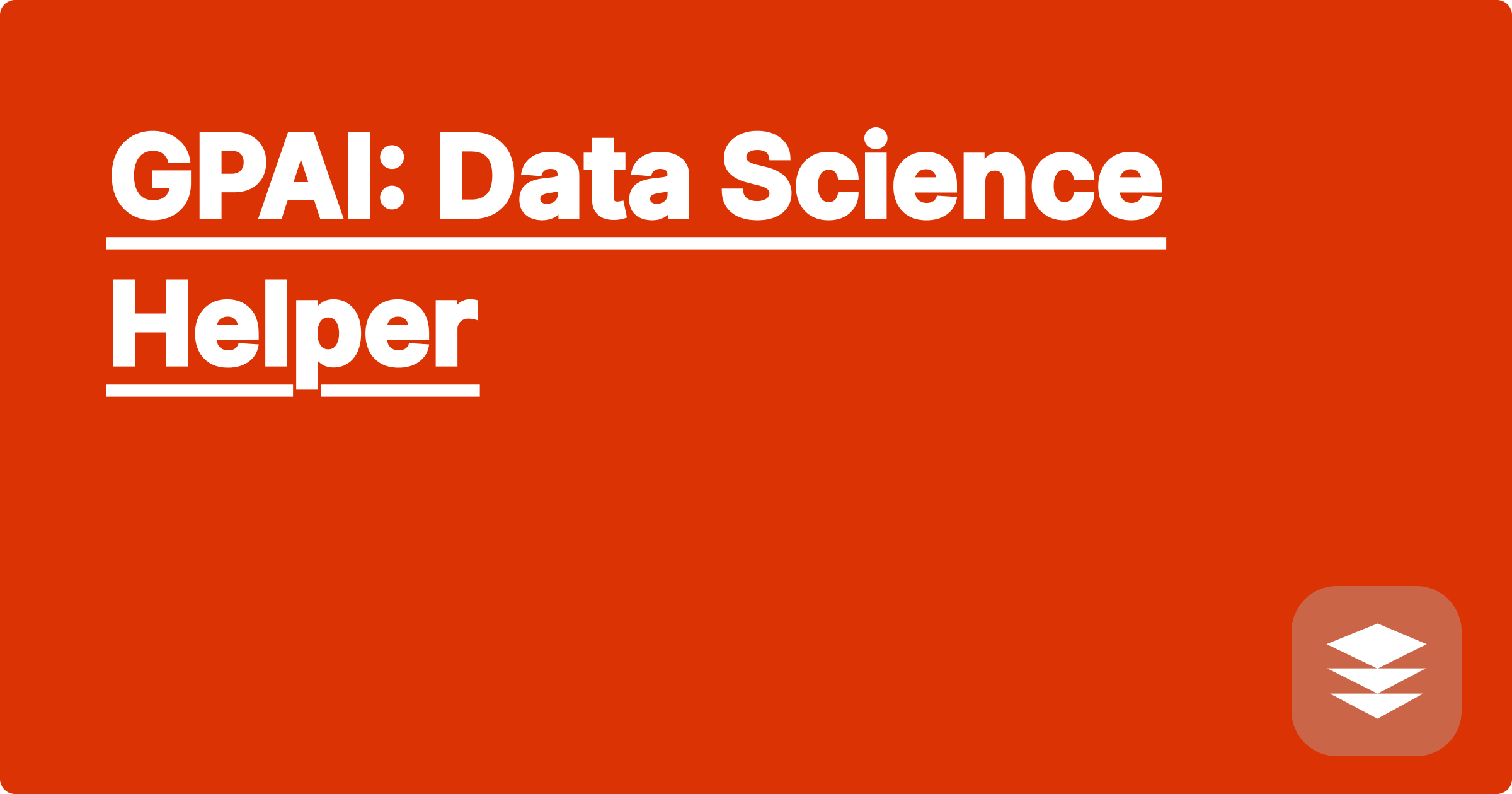
The ever-increasing complexity and volume of data in STEM fields present a significant challenge for students and researchers. Analyzing massive datasets, extracting meaningful insights, and formulating hypotheses can be incredibly time-consuming and require specialized skills. Artificial intelligence offers a powerful toolkit to address these challenges, automating tedious tasks, uncovering hidden patterns, and accelerating the pace of discovery. AI can empower STEM professionals to focus on higher-level thinking, creative problem-solving, and pushing the boundaries of their respective fields.
This is particularly relevant for data scientists struggling with the complexities of data analysis. Mastering AI tools can significantly enhance their productivity, enabling them to tackle complex problems more efficiently and gain deeper insights from their data. By understanding how to leverage AI, STEM students and researchers can gain a competitive edge, accelerate their learning, and contribute meaningfully to their fields. This blog post will explore how the Global Partnership on Artificial Intelligence (GPAI) and its related tools can act as a powerful "data science helper," providing practical guidance and real-world examples.
The sheer volume and complexity of data generated in modern scientific research pose significant hurdles for STEM students and researchers. Traditional data analysis methods often struggle to keep pace with the influx of information, leading to bottlenecks in research progress. Moreover, extracting meaningful insights from these complex datasets requires specialized expertise in statistical modeling, machine learning, and data visualization, skills that can take years to develop. This creates a gap between the vast potential of available data and the ability to effectively utilize it for scientific discovery.
The core challenge lies in efficiently processing, analyzing, and interpreting large datasets. Consider, for example, a researcher studying the effects of climate change on biodiversity. They might have access to terabytes of data from satellite imagery, weather stations, and biological surveys. Manually analyzing this data would be an insurmountable task. Furthermore, identifying subtle patterns and correlations within the data requires sophisticated analytical techniques. Traditional statistical methods might not be sufficient to capture the complex interactions within the data. The researcher needs advanced tools that can automate data processing, identify relevant features, and build predictive models to understand the underlying relationships between climate change and biodiversity.
AI tools like ChatGPT, Claude, and Wolfram Alpha offer powerful solutions to these challenges. ChatGPT and Claude can assist with literature reviews, hypothesis generation, and even drafting research papers. They can be used to quickly summarize complex research articles, identify relevant studies, and even suggest potential research directions. Wolfram Alpha, on the other hand, excels at complex calculations, data visualization, and symbolic computation. It can be used to analyze data, generate plots, and solve complex equations, freeing researchers from tedious manual calculations. By combining these tools, researchers can create a powerful AI-assisted workflow that accelerates their research process.
Begin by clearly defining your research question and identifying the relevant datasets. Next, use ChatGPT or Claude to perform a literature review, summarizing key findings and identifying gaps in existing research. This will provide valuable context and help refine your research question. Then, import your data into a suitable platform like Python with libraries like Pandas and Scikit-learn. Use Wolfram Alpha to perform initial data exploration, generating descriptive statistics and visualizing the data to identify potential patterns. Once you have a good understanding of your data, you can use ChatGPT or Claude to help formulate hypotheses based on your initial findings and the existing literature. These hypotheses can then be tested using statistical models or machine learning algorithms implemented in Python. Finally, use Wolfram Alpha to visualize the results and generate reports summarizing your findings.
Consider a researcher studying the relationship between gene expression and disease. They could use Python to analyze gene expression data from microarrays, employing machine learning algorithms to identify genes that are differentially expressed in diseased versus healthy individuals. Wolfram Alpha could then be used to visualize the results, generating heatmaps and network diagrams to illustrate the relationships between these genes. Formulas like the Pearson correlation coefficient can be used to quantify the strength of the relationship between gene expression levels. Code snippets in Python using libraries like Scikit-learn can be used to implement these calculations. For instance, from scipy.stats import pearsonr; correlation, p_value = pearsonr(gene1_expression, gene2_expression) calculates the correlation and significance between two gene expression vectors.
Effective use of AI requires a strategic approach. Start by familiarizing yourself with the strengths and limitations of different AI tools. Understand when to use ChatGPT for text-based tasks, Wolfram Alpha for computational tasks, and specialized tools like Python libraries for data analysis. Develop strong data management skills to organize and clean your data before feeding it into AI tools. Critically evaluate the output of AI tools, ensuring that the results align with your domain knowledge and research objectives. Document your AI-assisted workflow meticulously, ensuring reproducibility and transparency. Finally, remember that AI is a tool to augment, not replace, human intellect. Use AI to accelerate your research process, but always rely on your own critical thinking and domain expertise to interpret the results.
To maximize the benefits of AI in your STEM journey, explore the resources offered by organizations like GPAI. Engage with the AI community, participate in online forums and workshops, and stay updated on the latest advancements in AI. By embracing these technologies and integrating them into your workflow, you can unlock new possibilities for discovery and innovation in your field. Start experimenting with AI tools today and discover the transformative power of AI for STEM research.